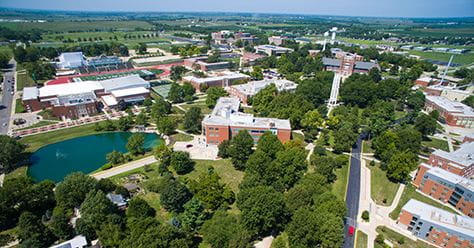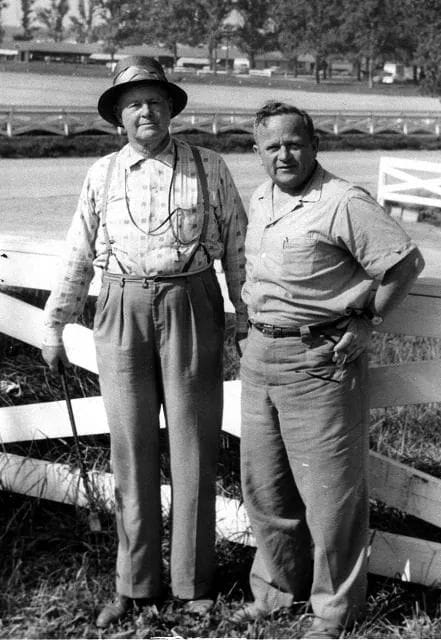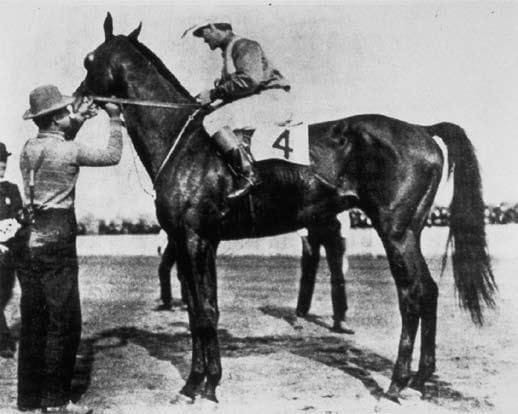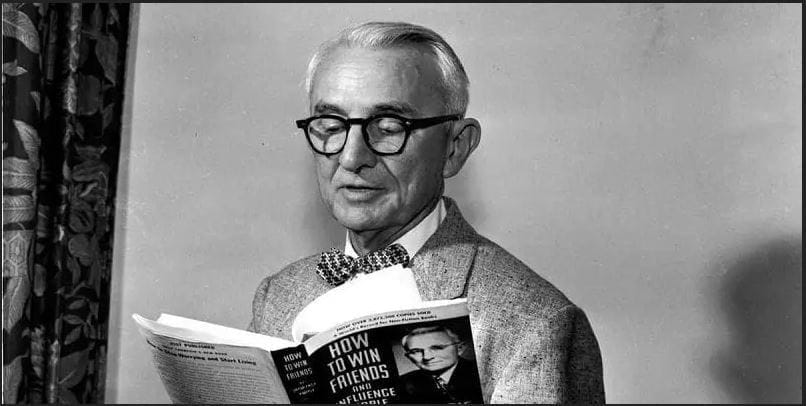Nodaway County's history is intertwined with the westward expansion of the United States. The land that would become Nodaway County was originally inhabited by indigenous tribes, including the Iowa, Sac, and Fox, and, for a time, a band of Potawatomi. The county name comes from the Nodaway River - Nodaway being Algonquin for snake or enemy.
European-American settlers began arriving in the early 1830s, attracted by the fertile soil, abundant timber, and access to waterways for transportation and agriculture. The county was one of six formed from the Platte Purchase territory acquired from the tribes in 1836. The formal organization of Nodaway County on February 14, 1845, and Maryville was chosen as the county seat, solidifying its role as a center of commerce and governance.
Maryville was named after Mary House Graham, the wife of county official Amos Graham. Not to be outdone, Graham, located in the southwest part of the county, was named for the official himself.
The railroad expansion in Maryville and Nodaway County, Missouri, during the 19th and 20th centuries was a pivotal factor in their economic growth and development. In the late 1800s, the arrival of the Burlington and Missouri River Railroad (later part of the Chicago, Burlington and Quincy Railroad) opened up new avenues for trade and commerce. This development brought a surge in agricultural productivity, as farmers gained access to larger markets for their crops and livestock. The railroad also attracted new industries to the area, such as lumber mills and manufacturing plants, which took advantage of the efficient transportation network to distribute their products across the region.
As the railroad network expanded further into the 20th century, Maryville became a strategic junction point, connecting various rail lines and facilitating the movement of goods and people between major cities like St. Louis, Kansas City, and Omaha. This enhanced connectivity not only boosted local businesses but also attracted investment and entrepreneurial ventures. The growth of the railroad infrastructure led to the establishment of new businesses, including hotels, restaurants, and retail stores, catering to the needs of travelers and local residents alike.

Northwest Missouri State University, located in Maryville, has a rich history dating back to its establishment in 1905. Originally known as Fifth District Normal School, it was created to provide teacher training and education in the region. Over the years, the institution expanded its offerings and evolved into a comprehensive university, gaining university status in 1972.
Throughout its history, Northwest Missouri State University has been committed to academic excellence and innovation. In the mid-20th century, it became known for its strong emphasis on technology and was one of the first universities in the nation to provide laptop computers to all students, earning it the nickname "the laptop university." This forward-thinking approach to education continued to distinguish Northwest Missouri State University as a leader in integrating technology into learning.
Today, Northwest Missouri State University stands as a prominent institution known for its top-ranked programs in education, business, agriculture, and more. With a focus on student success, a vibrant campus life, and a dedication to serving the community, the university continues to build on its legacy of providing high-quality education and preparing students for successful careers in a rapidly changing world.

Ben A. Jones and his son Horace "Jimmy" Jones are legendary figures in horse breeding and training, particularly known for their extraordinary successes in the Kentucky Derby.
Ben A. Jones, a native of Parnell, Missouri, began his career as a groom and became one of the most respected trainers in the industry. His keen eye for assessing a horse's potential and his ability to match bloodlines resulted in him acquiring and developing top-quality racing prospects. He trained at Woolford Farm in Prairie Village, Kansas before becoming the head trainer at Calumet Farm in Lexington, Kentucky, a well-known breeding and training farm that has produced ten Kentucky Derby winners. Between 1938 and 1952, Jones won a record-setting six Kentucky Derbies as a horse trainer, a record not matched until 2020 by Bob Baffert. Two of his six Kentucky Derby wins included US Triple Crown winners, Whirlaway and Citation.
Horace A. "Jimmy" Jones, following in his father's footsteps, inherited not only his father's passion but also his exceptional talent for training horses. Also born in Parnell, Jimmy worked as his father’s assistant but his career was interrupted when he joined the United States military during World War II. After the war ended, Jones returned to training horses, and in 1948 took over as head trainer from his father at Calumet Farm. As head trainer for Calumet Farm, Jones trained seven champion horses and won 54 stakes races. In addition to his two Derby wins with horses Iron Liege and Tim Tam, he won four Preakness Stakes and one Belmont Stakes. He was the first trainer to earn more than $1 million in purses in a single season.
The Joneses's approach to breeding and training revolutionized the sport, emphasizing the importance of pedigree, physical conditioning, and strategic race planning. Their legacy in the Kentucky Derby remains unmatched, with their names forever etched in the history of horse racing as masters of their craft and champions of the turf.

Elwood was an American Thoroughbred racehorse that is best remembered for winning the 1904 Kentucky Derby and for being the first horse both bred and owned by a woman to win the Derby. Elwood was bred by Emma Holt Prather at Faustiana Stock Farm in Maryville, Missouri. In 1902, Elwood was purchased by Charles Durnell and was raced in is wife’s name, Lasca Durnell. Lasca entered the colt into the 1904 Kentucky Derby without her husband’s knowledge and Derby spectators did not think the “Missouri mule” would win. Elwood won at 15:1 odds over the favored colt, Proceeds. Currently, Elwood is the only Derby winner to have been bred in Missouri.

Caldwell was born in Maryville in 1924 and was an opera conductor, impresario, and stage director. She began the Opera Company of Boston in 1957 and in 1976, became the first female conductor at the Metropolitan Opera (the “Met”) in New York.

Carnegie was born in 1888 on a farm in Maryville. In 1936, Carnegie published “How to Win Friends and Influence People” which has sold over 30 million copies worldwide, making it one of the best-selling books of all time. A 2013 Library of Congress survey ranked Cargenie’s book as the seventh most influential book in American history.

Born on a farm northwest of Maryville, Croy was an author and screenwriter who wrote fiction and non-fiction books about life in the Midwest. His best-known novel, They Had to See Paris, was made into the first talking picture starring Will Rogers